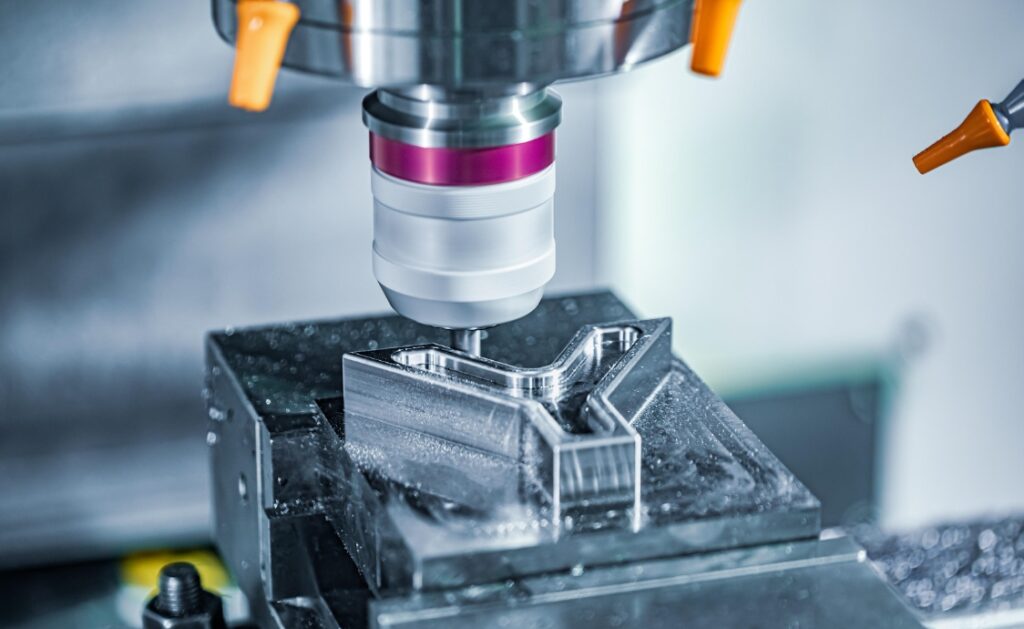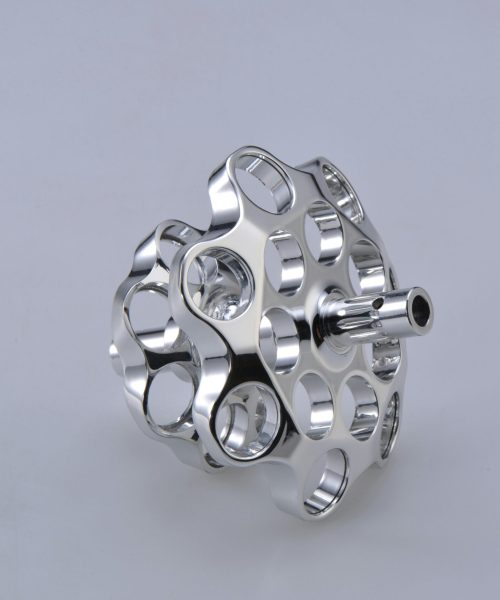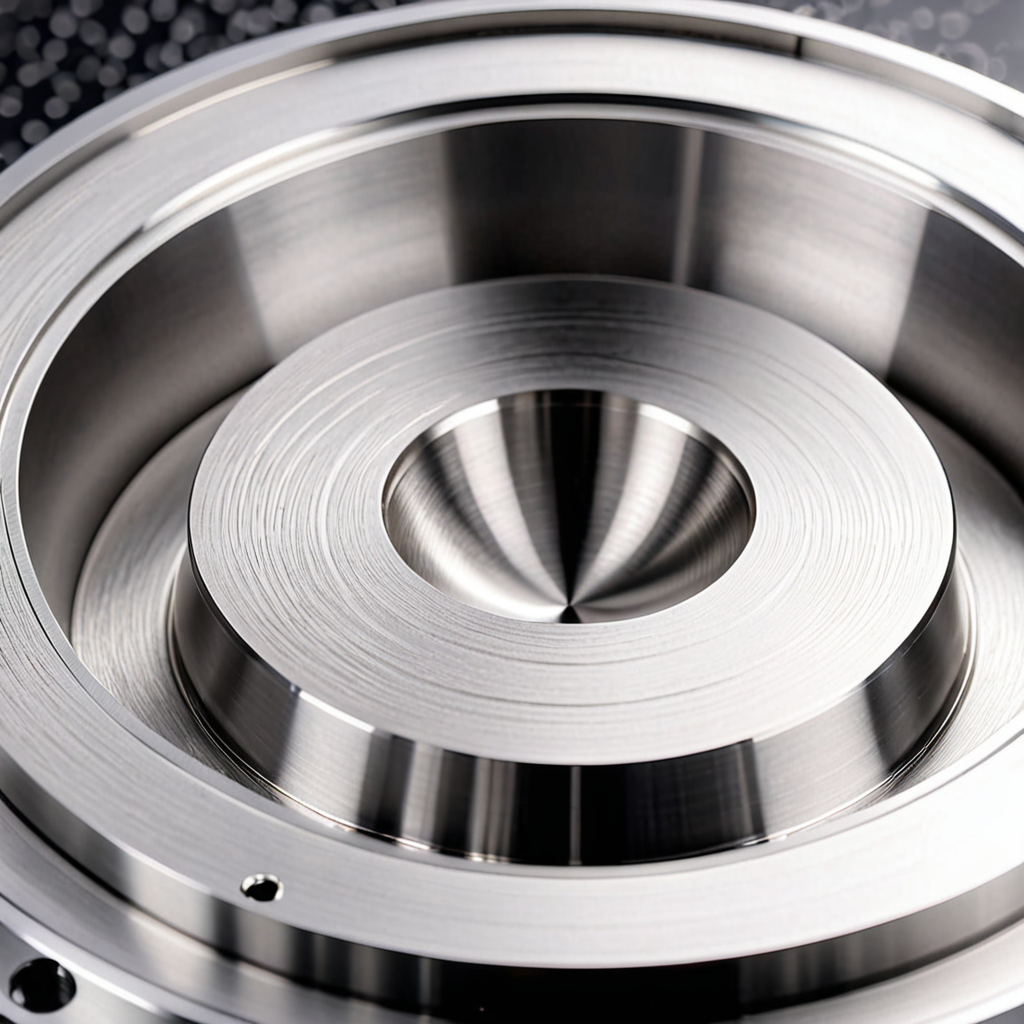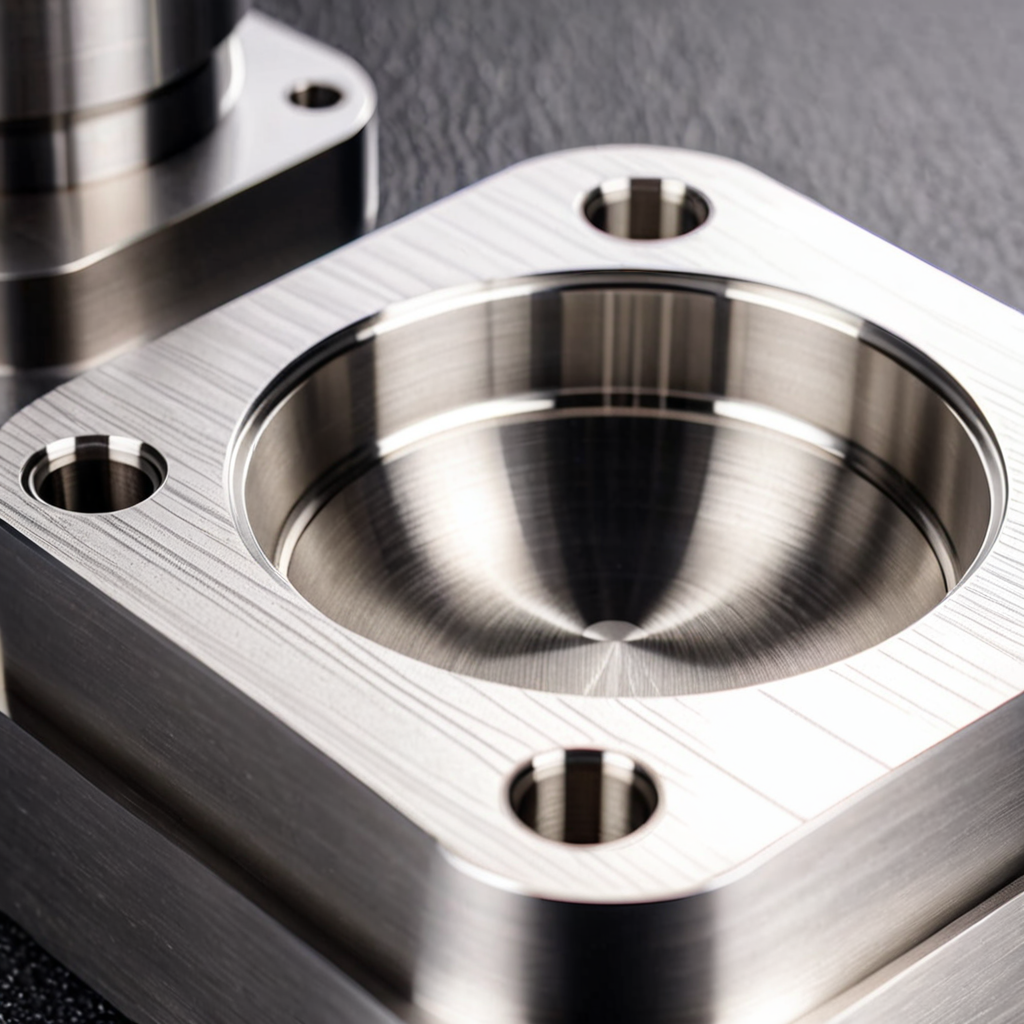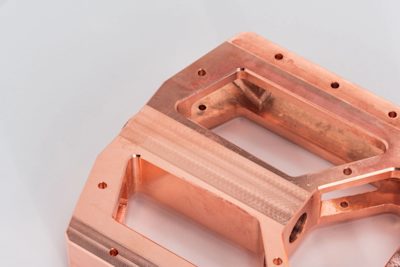An Introduction To Aluminum CNC Processing: Basics And Benefits
An Introduction To Aluminum CNC Processing: Basics And Benefits
In the realm of modern manufacturing, Computer Numerical Control (CNC) processing stands as a cornerstone, revolutionizing how materials are shaped and finished. At the heart of this innovation lies Aluminum CNC Processing, a specialized technique that leverages the unique properties of aluminum to produce high-precision components. This article delves into the fundamentals and advantages of Aluminum CNC Processing, illuminating its pivotal role in contemporary industry.
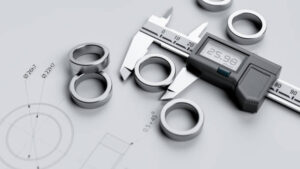

The quality control of part dimensions using calipers and technical drawings – perspective view
CNC processing, in essence, employs computer-controlled machinery to fabricate parts with utmost accuracy. By translating digital instructions into physical actions, these machines achieve a level of precision unattainable through manual methods. Aluminum, with its lightweight, corrosion-resistant, and conductive nature, emerges as an ideal material for this process. Its strength-to-weight ratio further enhances its appeal across diverse sectors.
The process itself encompasses various techniques such as milling, turning, and drilling, each executed with precision by CNC machines. Milling involves shaping aluminum using rotating tools, while turning uses lathes to create symmetrical parts. Drilling, as the name suggests, involves creating precise holes. These methods, when combined with CNC technology, yield components of exceptional quality and consistency.
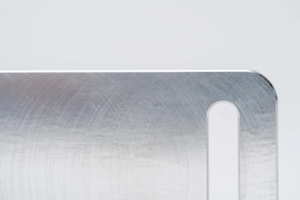

The benefits of Aluminum CNC Processing are multifaceted. Firstly, aluminum’s inherent properties make it a preferred choice for industries like aerospace and automotive, where lightweight and durable components are crucial. Its conductivity and corrosion resistance also cater to electronics and construction sectors. Additionally, CNC processing offers unparalleled precision, ensuring parts meet stringent tolerances, and operates efficiently, allowing round-the-clock production with minimal oversight. This repeatability and versatility enable the creation of complex designs that would be challenging to produce manually.
Applications of Aluminum CNC Processing are vast, ranging from aircraft components and automotive parts to electronic housings and architectural features. Post-processing, techniques like anodizing and powder coating further enhance durability and aesthetics, broadening the material’s utility.
In conclusion, Aluminum CNC Processing is integral to modern manufacturing, offering a blend of precision, efficiency, and versatility. As industries evolve, the demand for such processes is poised to grow, underscoring their enduring relevance. This technique not only meets current manufacturing needs but also paves the way for future innovations, solidifying its place as a cornerstone of industrial progress.
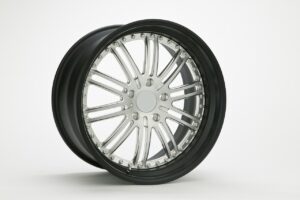

Applications Of Aluminum CNC Processing Across Various Industries
Aluminum CNC processing is a pivotal manufacturing technique that leverages Computer Numerical Control (CNC) technology to precision-cut, drill, and shape aluminum into intricate forms. This method is highly valued for its precision, efficiency, and adaptability, making it a cornerstone in various industries. Aluminum’s unique properties—such as its lightweight nature, corrosion resistance, and excellent thermal conductivity—render it an ideal material for diverse applications.
In the aerospace industry, Aluminum CNC processing is integral to crafting lightweight yet robust components essential for aircraft and spacecraft. The reduction in weight contributes significantly to fuel efficiency, a critical factor in aerospace engineering. Similarly, the automotive sector benefits from aluminum’s properties, utilizing it for engine components and body panels to enhance vehicle performance and reduce fuel consumption.
The consumer electronics sector also capitalizes on aluminum’s durability and aesthetic appeal, employing it in devices like laptops and smartphones. Beyond structural roles, aluminum’s thermal conductivity makes it a preferred material for heat sinks, crucial for cooling electronic components. This dual functionality underscores its versatility.
Medical equipment manufacturing further highlights aluminum’s benefits, particularly its ease of sterilization and resistance to corrosion, making it suitable for surgical instruments and prosthetics. Its lightweight and durable nature enhances patient comfort and device longevity.
Renewable energy sectors, such as wind and solar, utilize aluminum for turbine components and solar panel frames, benefiting from its durability and resistance to environmental factors. This application underscores aluminum’s role in sustainable energy solutions.
Lastly, the packaging industry employs aluminum for cans and foil, valuing its lightweight and recyclable nature. CNC processing enables precise shaping, enhancing packaging efficiency and sustainability.
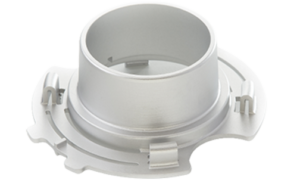

In conclusion, Aluminum CNC processing is a versatile technique with far-reaching applications across multiple industries. Its ability to meet the unique demands of each sector, from aerospace to packaging, highlights its significance in modern manufacturing. As industries evolve, the demand for precision and sustainability will continue to make Aluminum CNC processing an indispensable tool.
Tips And Best Practices For Optimal Aluminum CNC Processing
Aluminum CNC Processing: Tips and Best Practices for Optimal Results
Aluminum CNC processing is a widely used method in manufacturing due to aluminum’s lightweight, corrosion resistance, and versatility. However, working with aluminum presents unique challenges, such as its softness and tendency to scratch. To achieve optimal results, it is essential to employ best practices and consider several key factors.
First, tool selection is critical. High-speed steel tools are often insufficient for aluminum as they wear out quickly. Instead, carbide tools are recommended due to their hardness and durability. The geometry of the tool is also important; a tool with a positive rake angle and a higher flute count can improve finish quality, though higher flute counts may be more fragile.
Machining parameters, including speed and feed rates, play a significant role. Aluminum can be machined at high speeds, but excessive speed can lead to tool wear and material melting. Starting with recommended parameters and adjusting based on specific setups helps maintain tool life and product quality.
Coolant and lubrication are vital to prevent overheating and tool damage. Flood cooling is beneficial for complex jobs, while mist or oil may suffice for simpler tasks. These methods prevent the buildup of chips on tools, enhancing both tool life and surface finish.
Proper fixturing is necessary to avoid damaging the soft aluminum. Using soft jaws or pads can prevent denting, and ensuring the workpiece is securely held minimizes movement during machining, which could cause inaccuracies or tool damage.
Material selection is another crucial factor. Different aluminum alloys, such as 6061 and 7075, have varying properties affecting processing. Choosing the right alloy ensures both optimal processing and final product performance.
Deburring is essential to remove sharp edges, enhancing safety and quality. Techniques like deburring tools or vibratory finishing can effectively address this issue.
Inspection and quality control are necessary to verify dimensional accuracy and surface finish, ensuring the final product meets specifications.
Finally, waste management is important for environmental and cost reasons. Recycling aluminum shavings through a collection system is both eco-friendly and economical.
By adhering to these tips and best practices, manufacturers can optimize aluminum CNC processing, ensuring high-quality outcomes and efficient production.

